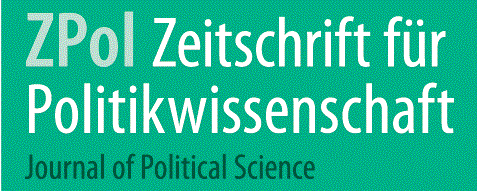In April 2009, Koh Tsu Koon was in his car on the way to Malaysia’s capital from his home in Penang when the radio announced his appointment to a brand-new ministerial post in the Cabinet. The country’s new prime minister, Najib Razak, had named him Minister of National Unity and Performance Management.
“I nearly fainted,” Koh said, upon learning of the breadth of his new role, which was announced only days after Najib took office. In his speech, the prime minister explained that Koh would help build a more accountable government and improve living standards for the Malaysian people. “I know, and the people throughout the country know, that to achieve our country’s long-term ambitions, we need not only policy renewal but also political and institutional renewal,” Najib said. The first step was to identify a strategic direction for the country, and Koh would be responsible for the task.
Then president of the minority Gerakan (Movement) Party in the ruling coalition, Koh had long served in the state government of Penang, an opposition stronghold. A Malaysian of Chinese descent, he spoke Malay, Chinese, and English, having honed his English while an undergraduate in physics at Princeton University and later as a doctoral student in economics and sociology of education at the University of Chicago. Although Koh believed his diverse experience and background had contributed to his selection for the post, he still wasn’t sure he was up to the challenge.
That evening, he talked at length with Azman Mokhtar, head of Khazanah Nasional, the government’s investment arm, who had helped transform Malaysia’s government-linked companies starting in 2005. Koh wanted to learn from Azman’s experience in driving change by using performance indicators, a common methodology in the corporate world. “Azman, you have to help me,” he recalled saying. “I want to meet your whole team as soon as possible!”
With Azman’s team, Koh went on to help develop the initial framework of Malaysia’s national transformation program, which consisted of two parallel efforts: the Government Transformation Program (GTP) and the Economic Transformation Program (ETP). At first, members of the group did not realize the extent to which they would be charting a new strategic direction for the country. “As I look back, it all looks supremely organized, but I don’t think it was. I don’t think in the beginning of 2009 we knew there would be a GTP or an ETP,” said D. Y. Lin, a consultant at McKinsey & Co., a global management consulting firm that contributed to the Malaysian effort. “What we knew in the beginning of 2009 was [that] we have a prime minister who really wants to do things differently.”
Diese und weitere Fallstudien finden Sie hier auf regierungsforschung.de in der Rubrik “Fallstudien” oder auf www.reformkompass.de.
Zitationshinweis
Lesley, Elena (2014): Mapping a Transformation Journey: A Strategy for Malaysia’s Future, 2009-2010. Published in: Regierungsforschung.de. Available online: https://regierungsforschung.de/mapping-a-transformation-journey-a-strategy-for-malaysias-future-2009-2010/







